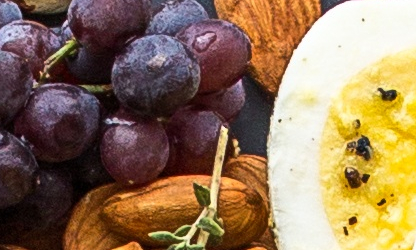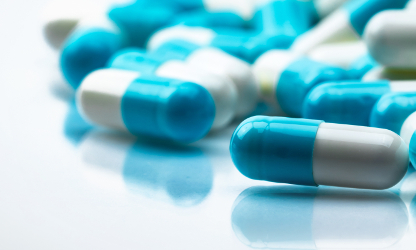

SalmoFresh™ effectiveness in controlling Salmonella on romaine lettuce, mung bean sprouts and seeds.
International Journal of Food Microbiology, 2019
Zhang, X., Niu, Y.D., Nan, Y., Stanford, K., Holley, R., McAllister, T., and Narváez-Bravo, C.
Abstract
The purpose of this study was to determine the effectiveness of a commercial Salmonella bacteriophage mixture (SalmoFresh™ 6-phage strains) and to compare its effectiveness with a chlorinated water treatment to reduce Salmonella on produce and seeds at different temperatures and storage times. Two sets of experiments were designed to test phage and chlorinated water effectiveness on produce at 2, 10 and 25°C at different storage times (1, 24, 48 and 72 h). First, SalmoFresh™ was applied to the surface of lettuce, mung bean sprouts and mung bean seeds that were spot-inoculated with a five Salmonella strain mixture (Newport, Braenderup, Typhimurium, Kentucky, and Heidelberg, 105 CFU/mL) by spraying phages onto lettuce (n = 48 pieces, 3×3 cm2 per treatment) and sprouts (n = 48 pieces per treatment). A second set of experiments (scaled-up) consisted in the application of phages by immersion to Salmonella adulterated lettuce (600 g), 300 g sprouts (300 g) or mung bean seeds (30 g) in a phage cocktail (108 PFU/mL) for 15 min (lettuce and sprouts) or 1 h (seeds). Another group of samples was washed with chlorinated water and yet another group was treated with a combination of chlorinated water followed by phage cocktail. Each experiment was repeated three times by quadruplicates. After the treatments for spot-inoculated and scaled-up experiments, lettuce and sprouts were separated into different lots (10 g/lot) and stored at 2, 10 and 25°C; Salmonella was enumerated after 1, 24, 48 and 72 h. Adulterated phage-treated seeds were packaged and stored dry at 25°C. Salmonella was enumerated after 72 h of storage. Groups of phage treated mung bean seeds (720 g) were germinated, and the reduction in Salmonella determined. Results of microplate virulence assays indicated that SalmoFresh™ reduced (P = 0.007) Salmonella by an average of 5.34 logs CFU/mL after 5 h at 25°C. Spraying SalmoFresh™ onto lettuce and sprouts reduced Salmonella by 0.76 and 0.83 log10 CFU/g, respectively (P < 0.01). Immersion of produce in a phage solution was better at killing Salmonella P < 0.05) than spraying it onto the surface, reducing Salmonella by 2.43 and 2.16 log10 CFU/g on lettuce and sprouts, respectively. SalmoFresh™ was an effective biocontrol intervention to reduce Salmonella on lettuce and sprouts. On seeds, although a reduction was observed, Salmonella was able to grow exponentially during germination; therefore, the phage cocktail was not effective on mung bean seeds or sprouts obtained from adulterated seeds. The combination of hurdles, chlorination fallowed by the phage cocktail was the most effective treatment to reduce Salmonella on lettuce and sprouts.
Target
Salmonella spp.
Food Group
Fresh produce
Food Product
Romaine lettuce, mung bean sprouts and seeds
Product
Romaine lettuce, mung bean sprouts and seeds





